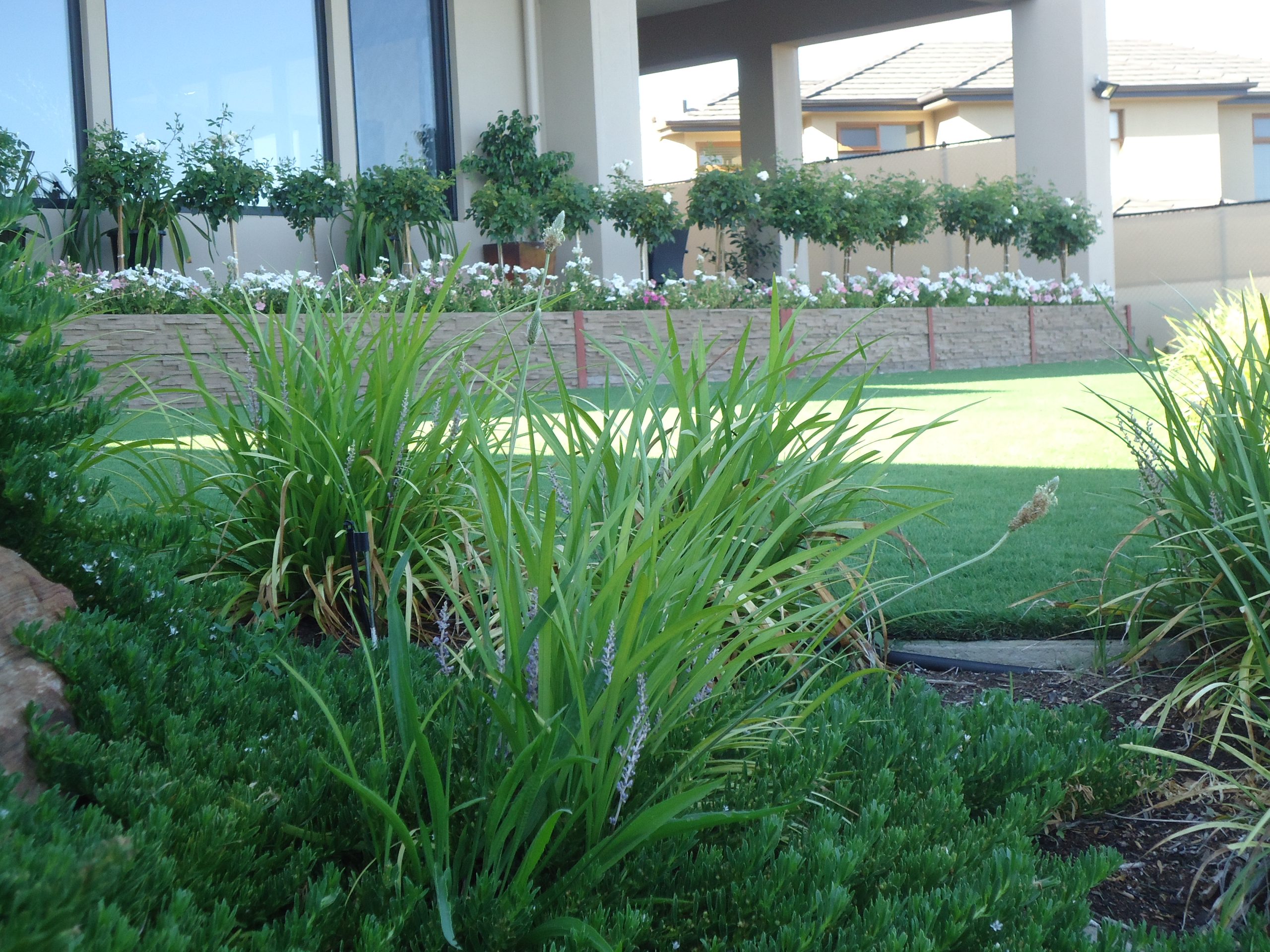
Gardening is a great way to get some fresh air, exercise, and beautify your home. But choosing the right plants for your garden can be a challenge. With so many options out there, it can be overwhelming to figure out which ones will thrive in your specific environment. That’s why we’ve put together this guide on how to choose the best plants for your garden.
Assess your garden’s environment
Before you even begin to think about which plants to choose, it’s important to assess your garden’s environment. Consider the amount of sunlight your garden gets, the type of soil you have, and the climate in your area. Some plants thrive in full sun, while others prefer partial shade. Some plants require well-draining soil, while others can tolerate damp soil. By understanding your garden’s environment, you can narrow down your plant choices and select ones that are more likely to thrive.
Consider your gardening goals
Another important factor to consider when choosing plants for your garden is your gardening goals. Are you looking to create a beautiful flower garden, or do you want to grow your own vegetables? Do you want plants that are easy to care for, or are you willing to put in the extra effort to grow something more challenging? By identifying your goals, you can select plants that are best suited for your needs.
Choose plants that are native to your area
When it comes to selecting plants for your garden, it’s always a good idea to choose plants that are native to your area. Native plants are better adapted to the local climate and soil, which means they are more likely to thrive and require less maintenance. In addition, native plants often provide important habitat and food for local wildlife, making them a great choice for environmentally-conscious gardeners.
Select plants that are easy to care for
If you’re new to gardening, or if you simply don’t have a lot of time to dedicate to your garden, it’s a good idea to choose plants that are easy to care for. Some plants, such as succulents and herbs, require very little maintenance and can be great options for low-maintenance gardens. Other plants, such as roses and fruit trees, require more attention and care.
Consider companion planting
Companion planting is the practice of planting different plants together in order to enhance each other’s growth or to repel pests. For example, planting marigolds alongside tomatoes can help repel harmful insects and improve the flavour of the tomatoes. By considering companion planting when selecting plants for your garden, you can create a more resilient and healthy garden.
Choose plants that are safe for your family and pets
Finally, it’s important to choose plants that are safe for your family and pets. Some plants, such as lilies and daffodils, can be toxic if ingested, so it’s important to do your research and select plants that are safe for your household.
By following these tips, you can select the best plants for your garden and create a beautiful and thriving outdoor space.





